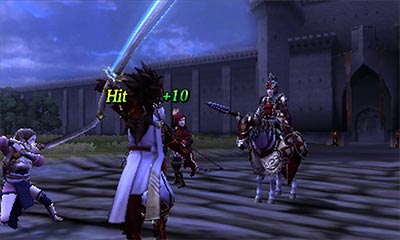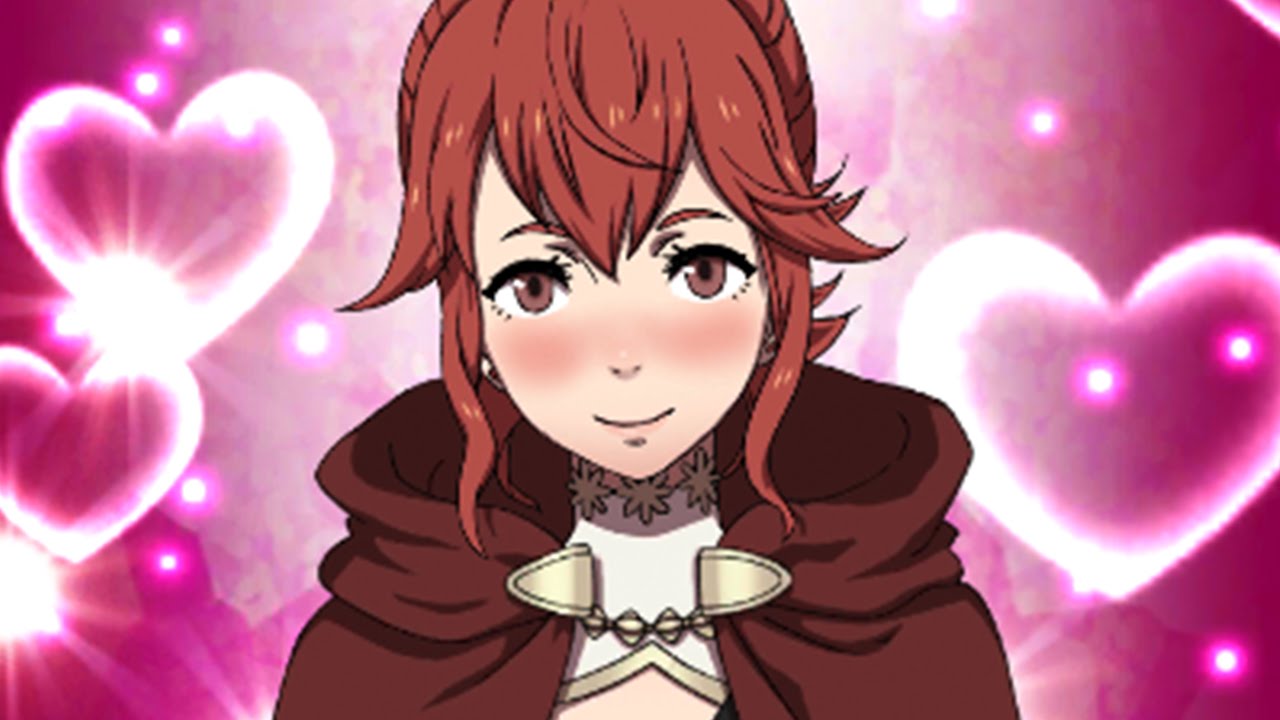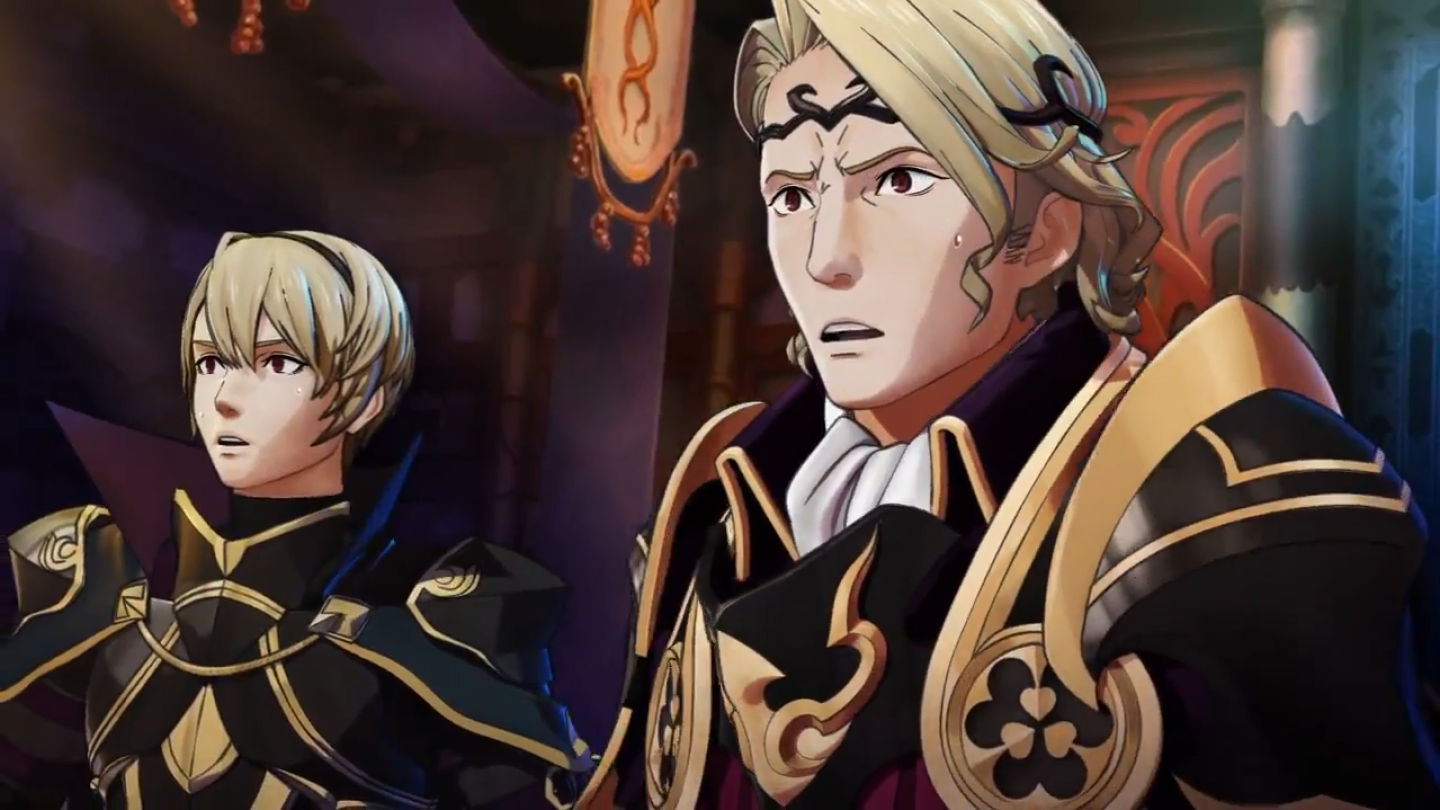Unit support relationships have been in Fire Emblem since the beginning, with the origins of the familiar “conversations” appearing as early as FE6: Binding Blade. In Fire Emblem: Awakening, the concept of support conversations went a step further with married units producing children that would come from the future using some time travel hijinks to aid their parents in battle (with the exception of “Not-Batman,” of course).
In Fire Emblem: Fates, however, the support formula from Awakening has been changed up just a little bit for various reasons ranging from in-game lore to in-game multiplayer balance. Here’s everything you need to know to take advantage of the new mechanics!
Battlefields build the strongest friendships!
For those who don’t know, the Support mechanic basically translates to the friendship level between units (yes, you can rank friendship, didn’t you know?). Every Fire Emblem game has its own compatible pairings, and these can usually be found by looking at the in-game support menu. Depending on the characters, each unit can usually reach the default A Rank for friends or an S Rank which leads to marriage. Depending on which rank the paired units have (C/B/A/S) the two will receive various buffs in battle ranging from increased hit rates to higher critical and evasion chances.
In Fire Emblem: Fates there is the new A+ Rank which is basically the “friendship” or “buddy” rank. This option allows for characters of the same sex to gain the same benefits of married units, but it will not result in a child. However, it should be noted that each unit can have both an S Rank and an A+ Rank relationship. They can gain multiple A Rank supports as well, but only one A+ buddy and S Rank partner.
NOTE: The A+ supports are one-way. For example, Elise can A+ Rank Effie, but then Effie can go and A+ Nyx, and so on.
Relationship building 101: How to increase support levels
While any two units can be paired up on the battlefield, only compatible ones will gain support points. These points can be gained in a number of ways, including:
- Fighting enemies while paired up (Guard Stance)
- Fighting while standing next to one another (Attack Stance)
- Using a healing staff
- Singing (works similar to Dancing in previous titles)
- Random conversations that occur in My Castle or from Event Tiles
- Bonding with individual units in Private Quarters (Corrin/Player Character only)
- Using a Seed of Trust item on them (it’s like Rare Candies, but for relationships!)

Whenever compatible units gain support points in battle, a heart will appear over their head (Image Source: Serenes Forest)
It should be noted that each method of gaining support points results in different amounts of points being gained. While the amount of points required to increase support levels varies depending on the pairing, they generally require about 18-45 points each depending on the difficulty settings. During any given battle, each pair can only gain up to 27 points – however, the points gained through the glittering Event Tiles on a map or Seeds of Trust do not apply to the maximum points.
The amount of points gained in each scenario are as follows:
- Guard Stance: +6
- Attack Stance: +6
- Healing: +2
- Dancing: +2
- If partner Dual Strikes or Dual Guards while paired: +2
- Event Tile conversation while paired: +9
- Conversations: +9
- Seed of Trust: +9
- Private Quarters bonding/invitations: varies
Benefits of higher support ranks
Depending on whether you gain an A, A+, or S rank support level with any pair of characters, the benefits you gain from their bonds vary from positive battle buffs to marriage and children.
Pairing in-battle bonuses
Unlike in Awakening where all units gained the same buffs depending on the rank, Fates mixes things up a little bit by having various support characters giving different bonuses in a fight. The common buff among all characters is an increased hit rate, while individual characters will grant various bonuses including: critical chance, evasion, and critical hit evasion. S Rank and A+ Rank characters typically increase the bonuses they would normally give during battle by 1.5x.

Pairing up incompatible characters will only grant an increase of 10% to hit rates. While this is useful, you will miss out on many potentially life-saving bonuses that higher ranked supports can give…
Step into your best friend’s shoes!
Another benefit of reaching A+ or S Rank with any two units is the ability to use Marriage and Friendship Seals. These seals work similar to the Second Seal found in Fire Emblem: Awakening in that they allow units to change into something other than their default class. However, unlike Second Seals, the Marriage Seal and Friendship Seal allow characters to change their class into the default class of their S or A+ Rank partners.
The only exception to this is Corrin. Since Corrin can only reach S Rank with one character, he/she can use the Friendship Seal with any character he/she reaches A Rank with. This opens up a whole list of opportunities for Corrin, and allows him/her to fill any gap in the army that players find.
It’s time to make some babies!
Xander and Leo: “How scandalous!”
One of the biggest benefits of reaching an S Rank support with male/female relationships (aside from 1.5x buffs in battle) is children. Whereas Fire Emblem: Awakening had the excuse of time travel, in Fire Emblem: Fates the children are recruitable after they spend time in a special area where they would be safe – but coincidentally, time flows much faster. It’s hardly the most impressive story mechanic in the world, but who cares? Babies!
To unlock child characters in Fire Emblem: Fates, players must complete the following criteria:
- The player has reached the point where they decide which country they will align themselves with
- Reach the S-rank support level with two characters (homosexual relationships do not result in a child)
- Complete the associated Paralogue mission with the required conditions for recruitment (i.e.: child must survive or father talks to unit)
Inheriting traits from their parents
Each child character will inherit various traits depending on which characters are their parents. Unlike Fire Emblem: Awakening where each mother is linked to a certain child, Fire Emblem: Fates aims for a more patriarchal system where the child is linked to the father instead. This is more or less due to there being an even split of male/female characters in Fates (excluding Corrin and Azura), whereas Awakening had more male characters than female (excluding Chrom and the Avatar). As such, the child will be determined by the father, and the hair color determined by the mother.
Various other traits are inherited by the children depending on the parents. These include: base stats, growth rates, and maximum stat modifiers. Children characters also inherit the last skill slot from both the father and mother. Furthermore, the children have their own individual base classes, but they also gain one secondary class from each parent. This is determined by the following formula:
- If the Father has a different default class from the child, then the child will gain this as a secondary class, along with its promotions.
- If the Father has the same default class, then the child will gain the Father’s secondary class and its promotions.
- If both classes are available, the child inherits no classes from the Father.
- If the Mother’s default class is not available for the child, the child will gain this as a secondary class, along with its promotions.
- If the Mother has the same default class, then the child will gain the Mother’s secondary class and its promotions.
- If the Mother’s default and secondary classes are already available, the child will unlock the other faction’s equivalent.
- The exceptions to #6 are: Rod Knight, Priest, and Herb Merchant which have no parallel class. In this case, if the child has not gained a secondary class at this point they will get nothing.
That’s all, folks!
With all this information you can manipulate tastefully set up the relationships of your allies in Fire Emblem: Fates to get the best stats and skills plot-relevant relationships possible. Be sure to work this information in with my other guides to ensure the best outcomes possible!
As always, have fun with Fire Emblem: Fates, and I’ll see you on the battlefield!
Other Guides:
- Basic Strategy
- Advanced Strategy and Tips
- Support, Marriage, and Children
- Boons, Banes, and Talents
- Weapons and Smithing








Published: Feb 15, 2016 08:34 am